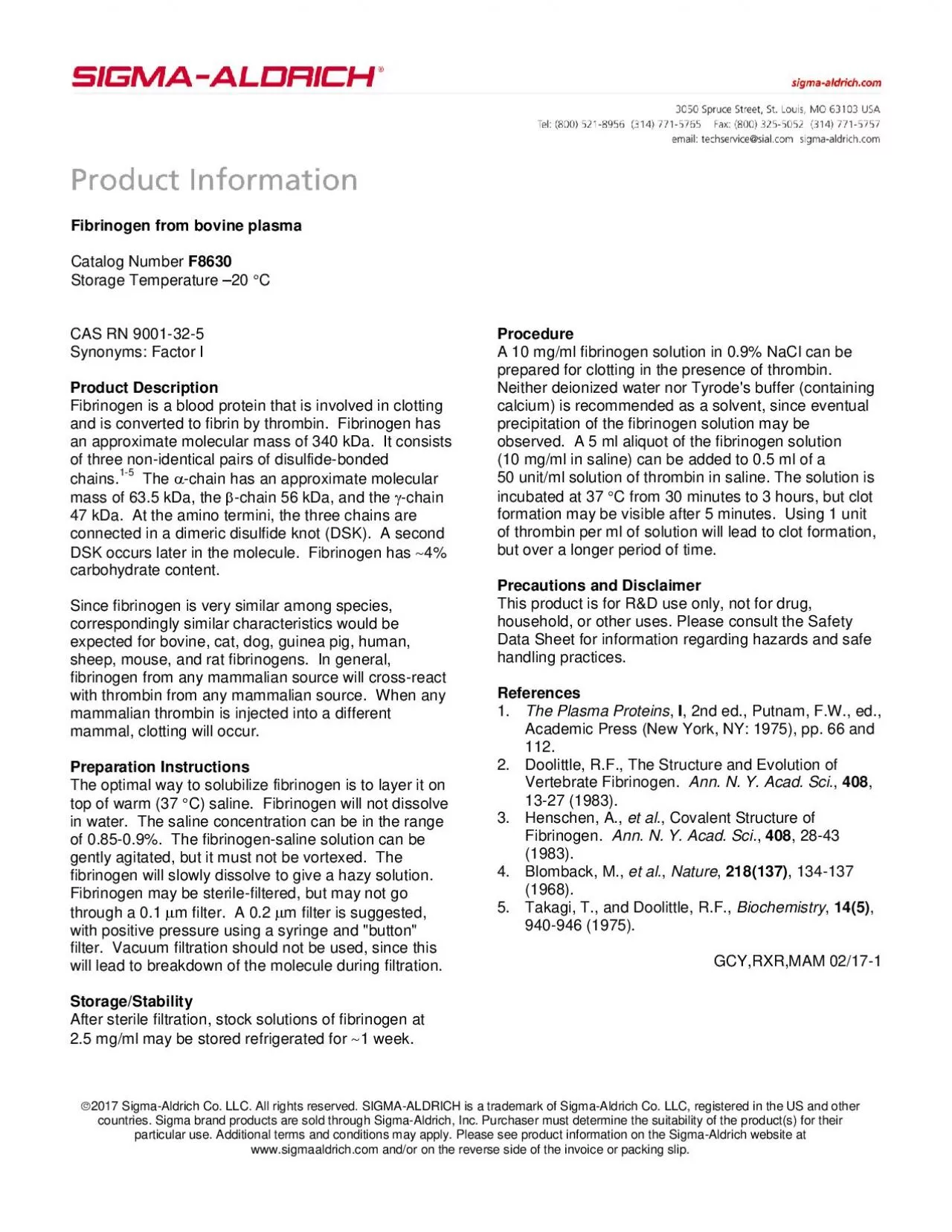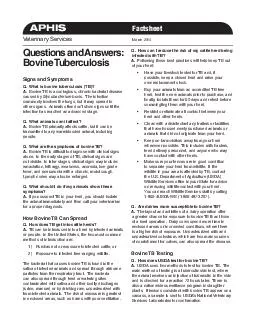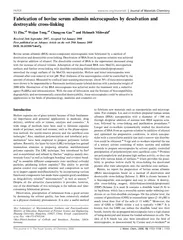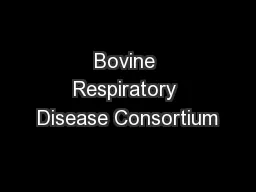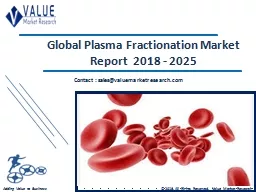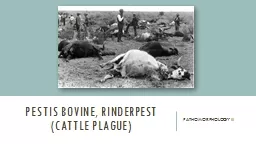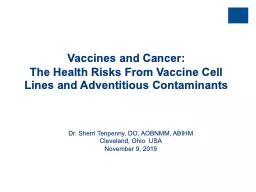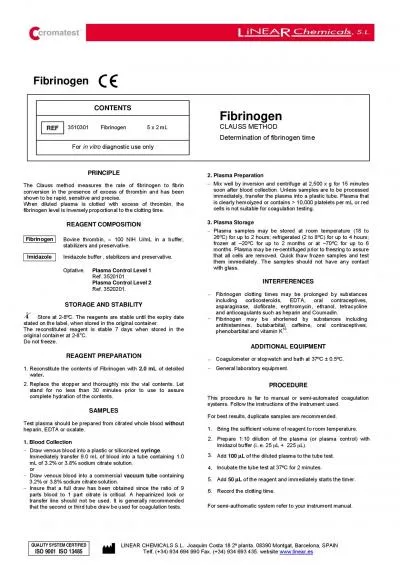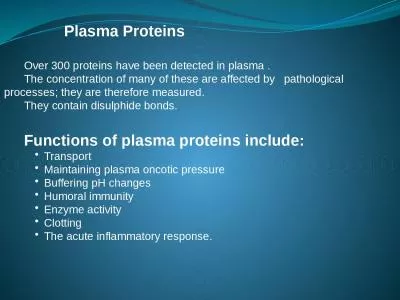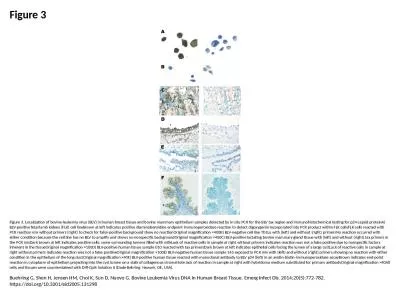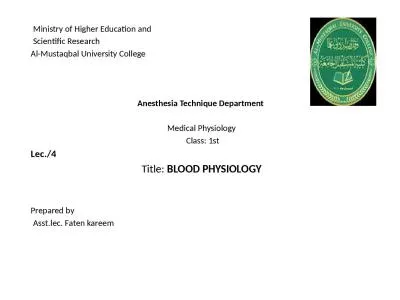PDF-Fibrinogen from bovine plasma
Author : pamela | Published Date : 2022-09-21
Catalog Number F8630 Storage Temperature 20 C CAS RN 9001 32 5 Synonyms Factor I Product Description Fibrinogen is a blood protein that is involved in clotting
Presentation Embed Code
Download Presentation
Download Presentation The PPT/PDF document "Fibrinogen from bovine plasma" is the property of its rightful owner. Permission is granted to download and print the materials on this website for personal, non-commercial use only, and to display it on your personal computer provided you do not modify the materials and that you retain all copyright notices contained in the materials. By downloading content from our website, you accept the terms of this agreement.
Fibrinogen from bovine plasma: Transcript
Download Rules Of Document
"Fibrinogen from bovine plasma"The content belongs to its owner. You may download and print it for personal use, without modification, and keep all copyright notices. By downloading, you agree to these terms.
Related Documents

